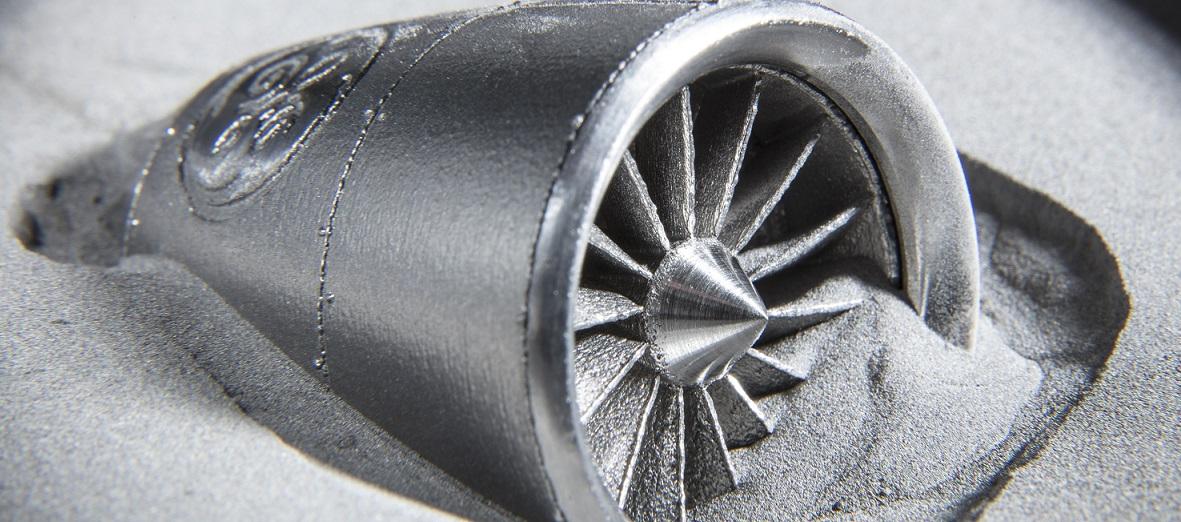In Electron beam melting, metal powder is melted and fused layer by layer using a high electron beam to create a 3D part.
What is Electron Beam Melting (EBM)?
Electron beam melting is one of the Powder bed fusion technologies, in which metal powder is melted and fused layer by layer using a high electron beam. Powder bed fusion is one of the 7 types of Additive manufacturing technologies.

EBM is a proprietary additive manufacturing technology from Arcam, a GE Additive company. Watch the video to see the EBM procedure in action.
The EBM method employs a high-power electron beam that produces the energy needed for high melting capacity and productivity. The hot process produces components with minimal residual stress, and the vacuum maintains a clean and regulated atmosphere.
Characteristics of EBM
- Hot process – The electron beam heats each build layer throughout the hot process until the entire powder bed reaches an ideal process temperature unique to the material utilized. As a result, the EBM method yields components with no residual stresses and microstructures devoid of martensitic features.
- Vacuum chamber – The process takes place in a vacuum chamber to maintain a clean and regulated construction environment. Vacuum production is a key part of the EBM process since it keeps the build material’s chemical specifications.
- Sintering – Parts are generated free-floating in sintered powder during sintering. This makes pieces densely packed, reducing or eliminating mechanical support requirements.
Advantages and Disadvantages of Electron Beam Melting
Like any manufacturing process, EBM has its advantages and disadvantages.
Advantages of EBM
- Geometric freedom for engineering product designers
- Minimum material waste
- Less tooling and set-up costs
- Residual stress reduction due to increased process temperature
- Oxidation-reduction due to vacuum environment
Disadvantages of EBM
- Commercially available materials are limited
- A surface finish similar to sand casting
- Needs full understanding to get the full benefit of the process
No comments:
Post a Comment